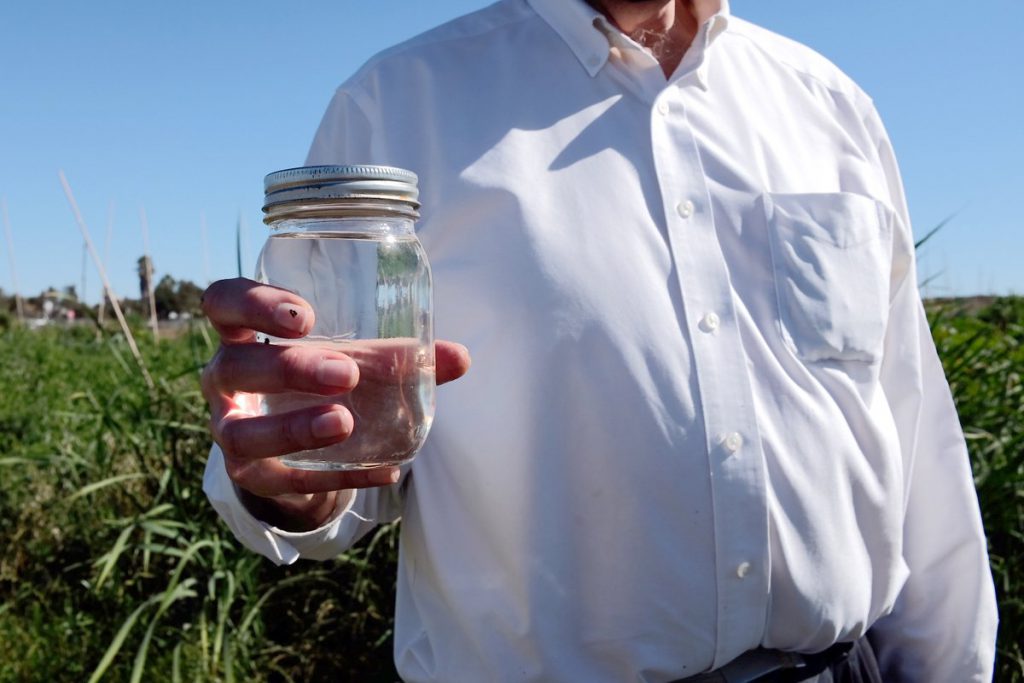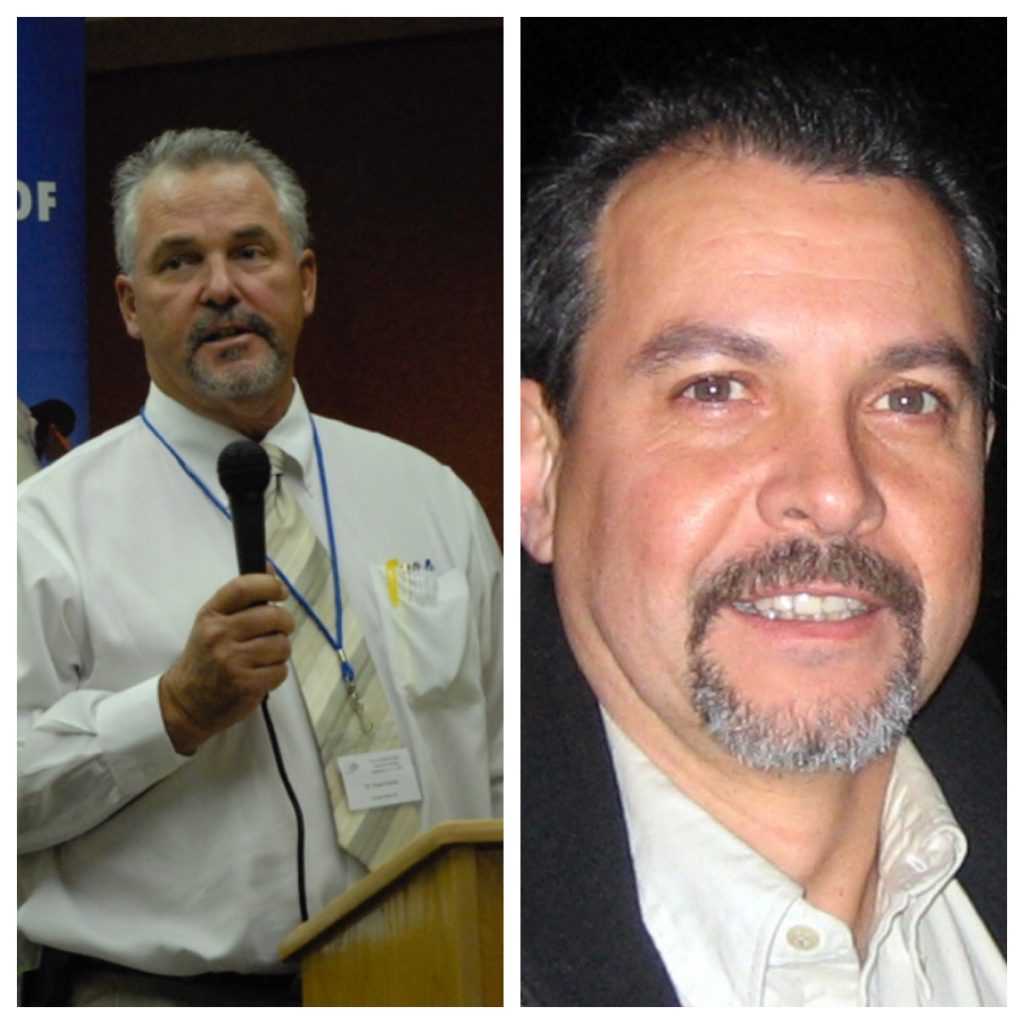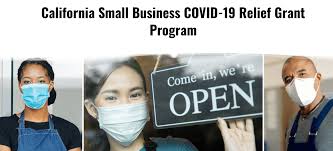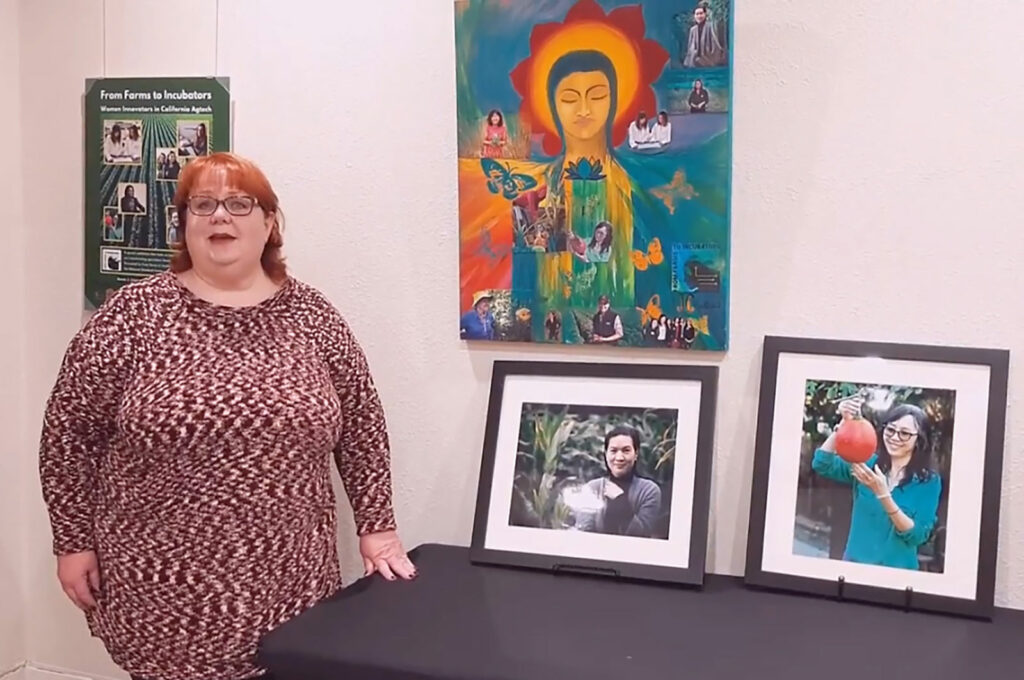
By Cirrus Wood
EXCERPTED
On a Saturday in late October, Carolyn Phinney stands hip-deep in a half acre of vegetables, at the nucleus of what will one day be 15 acres of productive farmland.
“You can’t even see the pathways,” she says, surrounded by the literal fruits of her labors. The patch is a wealth of herbs, tomatoes, eggplants, peppers, kale, winter squash, and zucchini. So much zucchini—fruits the size of bowling pins hidden under leaves as big as umbrellas. “Zucchini plants are supposed to be 30 inches across. Ours are 8 feet,” she says. “Everything looks like it’s on steroids.”
Phinney is the farmer behind CoCo San Sustainable Farm of Martinez, California, a farm built on reclaimed land, using reclaimed water, and started with a simple mission: to get kids to eat more vegetables.
In 2010, Phinney learned local school districts served pizza more often than salad because produce cost four times more than cheese and bread. She set out to make vegetables in her county more affordable—or free, if possible. The effort has paid off. Since May of this year, Phinney has grown and donated more than 13,000 pounds of produce to local food banks and school districts. All of it from just this half acre. Phinney is the farm’s only full-time employee, and she has worked with a team of volunteers to get the food in the ground so far.
“We could produce several hundred thousand pounds of produce [if we were] in full production,” she says, referring to the 14.5 acres of bare earth and citing a time only a few years away, when the remaining land will be irrigated and planted in vegetables.
Phinney’s achievement is all the more remarkable considering the location. Prior to Phinney, Contra Costa County had used the 15-acre property as a dumping ground for excavated subsoil trucked in from elsewhere. The ground was so poor that even weeds struggled to grow there. However, as prospective farmland, the place had two big things going for it. It was cheap—Phinney leases the land for a dollar a year—and it came with a free and near limitless supply of water.
The farm is located on sanitary buffer land owned by the Central Contra Costa Sanitary District (CCCSD) and is adjacent to their water treatment plant. Phinney irrigates all her crops with reclaimed wastewater, which she says is nutrient rich, safe, free, and abundant. And for Phinney, the water is the real secret to growing such healthy, high-yielding plants.
The water Phinney uses falls under Title 22 of California’s Code of Regulations, which, in addition to landscaping, allows for the application of sterilized, treated wastewater to agricultural crops. CCCSD’s wastewater treatment process involves a primary treatment of sedimentation, a secondary biological treatment which uses micro-organisms to dissolve suspended organic compounds, and then disinfection with UV light. The treated wastewater is then filtered through a dual media filter and then another round of disinfection with sodium hypochlorite (liquid bleach) to produce recycled water. The resulting water is approved for all agricultural use in California, including root crops.
Still, few municipalities are following Phinney’s lead and using treated wastewater directly for food production. But that’s not because it hasn’t been proven safe.








